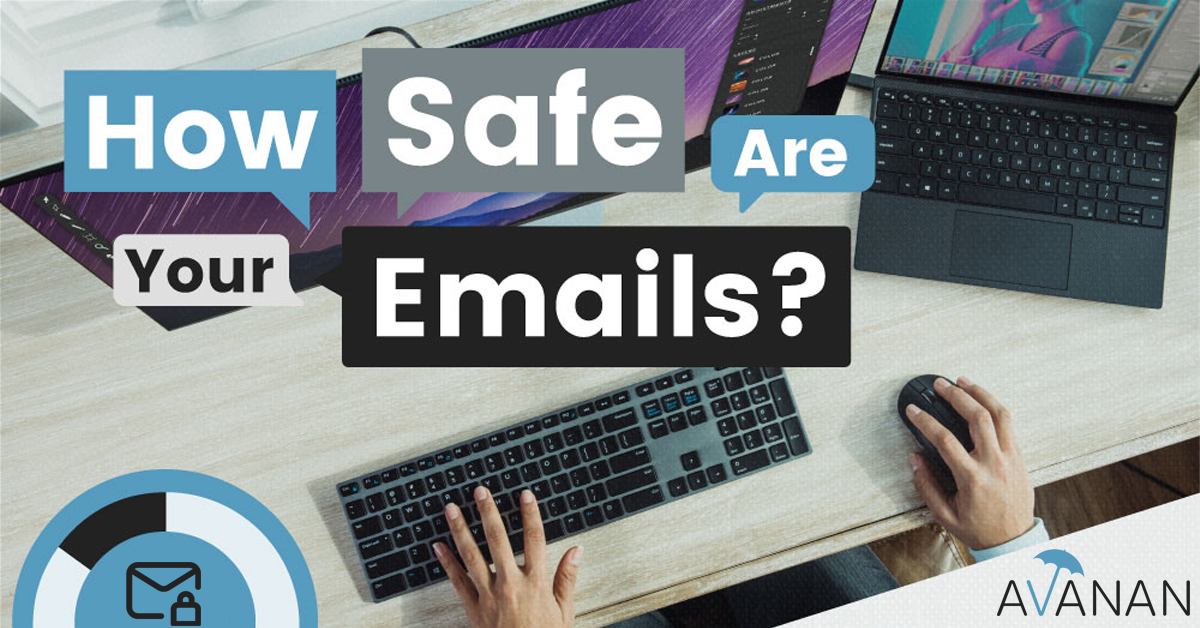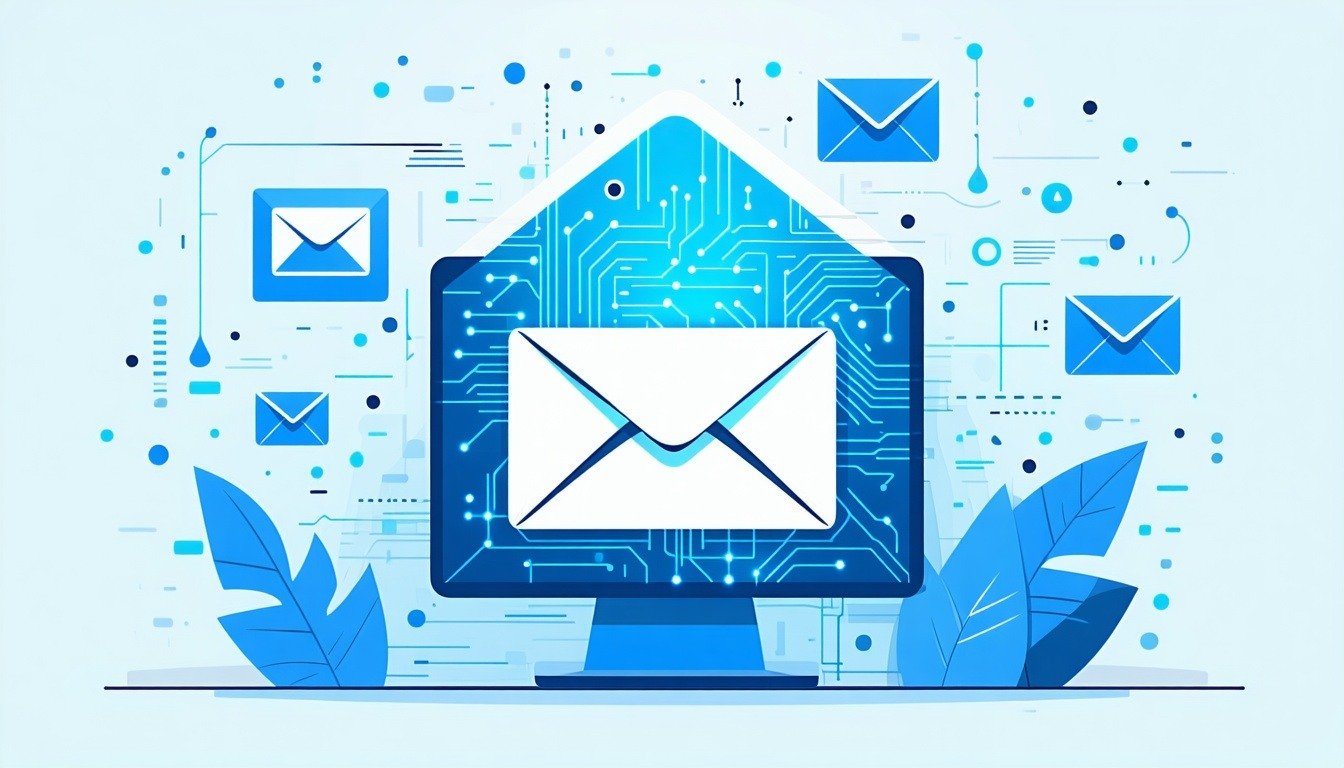Email security isn’t just another box to check – it’s the digital front door to your organization, where more than 90% of cyber attacks begin. As cyber threats continue to evolve with alarming sophistication, securing this channel has become a defining challenge for security leaders in 2025.
Quantifying the Current Threat Environment
Recent cybersecurity research provides compelling evidence pertaining to just how vulnerable email systems really are. During Q3 of 2024, cyber security researchers observed 932,923 distinct phishing campaigns, which targeted organizations across all sectors.
Further analysis revealed that 31.4% of all email traffic contained spam elements, while nearly half of all users faced at least one targeted email-based attack through either phishing vectors or direct malware delivery.
Perhaps most noteworthy is the 7% increase in social engineering attacks in H2, as compared to the first half of the year.
Email’s Unique Position in Enterprise Security
Within organizational infrastructure, email occupies a singular position. Beyond serving as the primary communication medium, email functions as the nexus of identity, access management and collaboration – exactly where technology and human interaction converge.
For most enterprises, email serves as the foundation for account provisioning and is often the ultimate verification method for access recovery protocols.
As a result, email is both essential to operations and a magnet for cyber criminals.
The Evolution of Phishing Methodologies
Last year, approximately 30% of users encountered at least one URL-based phishing attempt. That’s because cyber attackers are now incorporating higher volumes of malicious files and URLs within each individual phishing message, as to increase the chances of success.
Effective Email Security in 2025
In 2025, effective email security requires a sophisticated, multi-dimensional approach.
1. Architectural depth. Contemporary threats necessitate prevention-first and defense-in-depth strategies that combine behavioral analytics, advanced heuristics, automation and AI-powered capabilities.
2. Human Capital Development. Your organization’s employees represent both points of potential vulnerability and invaluable security assets. If you haven’t already, consider developing structured training programs that focus on the identification of AI-generated phishing content, deepfake technologies, and advanced social engineering methodologies.
3. Specialized email protection. The unique characteristics of email-based threats require purpose-built security solutions designed specifically for email infrastructure integration. Leverage technologies that provide advanced filtering capabilities and preemptive protection – securing messages before they reach the inbox.
4. Proactive security governance. Effective security posture requires continuous attention to infrastructure resilience. Timely application of security updates, consistent monitoring of vendor advisories, implementation of comprehensive security controls and regular assessment protocols can help organizations identify potential vulnerabilities ahead of exploitation.The Check Point Advantage
Our approach differs from conventional methodologies. While legacy solutions commonly rely on signature recognition and gateway filtering, Check Point’s Harmony Email & Collaboration has a proprietary API-based integration that identifies threats before they’re delivered to inboxes. With Check Point, organizations benefit from:
- Comprehensive protection against sophisticated phishing, malware and account compromise attempts.
- Advanced AI algorithms that can help identify even the most meticulously crafted of attacks.
- Streamlined deployment architecture that integrates seamlessly without disrupting communication flow.
- Expanded security coverage extending beyond email to encompass collaborative platforms.
Email will continue to represent both operational necessity and persistent attack surface. The relevant consideration isn't whether your organization will face targeting—it's whether you've established the appropriate security partnership to effectively mitigate these evolving threats.
For more information about how Check Point can elevate your email security, schedule a demo, or reach out to your local Check Point representative.





